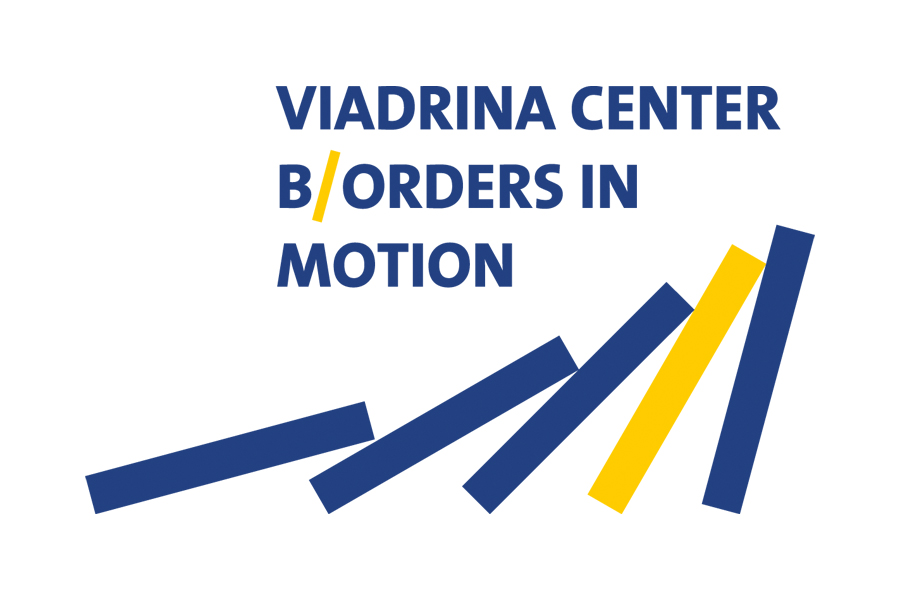Research
The insight that borders and orders are inextricably linked guides the work of the Viadrina Center B/ORDERS IN MOTION and is encapsulated in the term “B/ORDERS”. We do not regard borders and orders as being natural and given, but as the result of social practice and the creation of meaning, which is in constant change, “in the making”, “IN MOTION”. Our multidimensional and interdisciplinary approach is designed to capture border and order configurations in their dynamics. In doing so, we focus on the subject areas “border” (understood not only in a territorial, but also in a social and temporal sense) and “migration” as an area defined by multiple border settings and border crossings.
Read more


